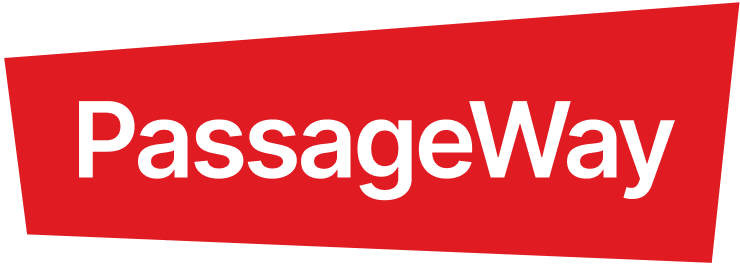Taking Public Transport Information To The People
In Staten Island, New York, the MTA recently announced that as a cost-saving exercise, it is removing all printed schedules from bus stops. Instead. travellers are expected to access the MTA App or call/text a phone number to get the latest travel information. The MTA hopes to save around $550K from the move.
A number of elected officials have taken umbrage with the move, saying it is discriminatory against those people without phones (typically elderly or low-income citizens), whilst the MTA is claiming environmental and customer service benefits from the decision.
Undoubtedly, there are significant downsides from printed schedules, aside from the obvious lack of real-time insight, there is a huge and costly effort involved in the production and distribution of the information. However, if you consider timetables as a marketing/customer acquisition cost then the decision seems to be questionable, especially when the demand generated from the activity is not easily transferrable to alternate marketing channels for some of the key demographics.
There are several real-time alternatives to printed schedules and smart-phone based approaches that enable demand generation without exclusion. For example, at bus stops connected, solar-powered Epaper displays from suppliers like PaperCast provide a real-time equivalent of a bus stop timetable or indeed our own work for Transport for London leverages existing screens and totems to provide real-time data.
Whilst adding real-time signage to bus stops (or other transport modes) is, to many, a no-brainer, the greater challenge for MTAs comes from how to generate demand for their transport mode before people have even visited the stop. The argument being that a customer is already committed once they're at the stop and awaiting the mode. From a sales perspective, you might say they're in the funnel awaiting conversion. But, in an increasing competitive marketplace, how can operators encourage more people into the funnel, to begin with?
The availability of real-time data from MTA supplied APIs has resulted in a profusion of Apps, the underlying philosophy behind this approach is to expect travellers to find, check availability and book via Apps. But, this creates a conundrum in itself as to how do people know in advance that an app exists? For London alone, there are hundreds of travel apps, produced by aggregators and service operators but does that mean that demand will be maximised?
Reflecting a traditional advertising model, operators need to promote their modal information to people prior to them making a decision. Raising awareness of modal existence and triggering demand rather than waiting for customers to discover them. For operators, this means freeing mobility information from traditional locations and increasing its visibility to people as they move through the built environment. displaying available options and where to locate it, at a local contextual level, before they're anywhere near an access point.
This is the basis of the PassageWay proposition, that by leveraging connected screens and totems within any environment, be it shopping centres, schools, hospitals, offices, high streets or stadiums, operators can promote their modes of transport to potential customers at the point when they begin to consider their options. The display of multi-modal transport, with real-time updates, supported by a helpful local map centred on the precise location, will generate demand from travellers.
Interested? Contact Us
If you are planning to deploy digital, connected totems and would like to consider displaying PassageWay signs, or are a Transport Authority who are interested in deploying the PassageWay platform to distribute signs across your jurisdiction, or if you are interested in an innovative application of the PassageWay technology then please drop us a note and we'll be happy to chat.

